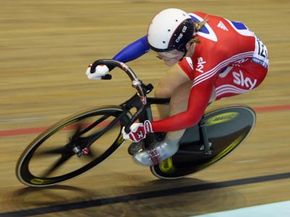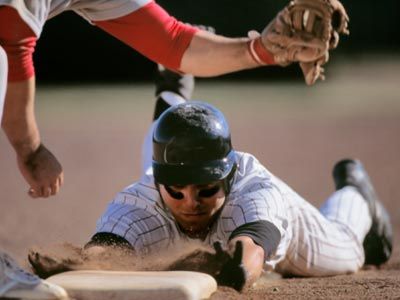Professionals and amateurs alike have been debating the relative merits and drawbacks of film and digital photography since digital technology first became available in the 1990s. Both technologies have their advantages and disadvantages, but both, if used correctly, will take excellent action photographs.
The key to taking a good action photo doesn't hinge on whether the shot was taken on film or by a digital sensor. If a camera has an adjustable shutter speed, then it's suitable for action photography, film or digital. Shutter speed is the rate at which your camera's shutter opens and closes to let in light and capture the image. In action photography, the shutter speed must be fast to keep up with the movements of your subjects.
Advertisement
While most point-and-shoot digital cameras have some shutter speed controls, you want a single-lens reflex camera, or SLR, to really get the shutter speeds you need. Digital single-lens reflex cameras are called DSLRs. On an SLR and DSLR, the photographer sees what the lens sees. For good action photos, experts advise setting the shutter speed to 1/1000. This will be quick enough to grab the shot without getting any blur.
You can also change lenses on SLRs and DSLRs. By attaching in a zoom lens, you can get a thrilling shot of a charging rhino from the safety of your car or capture a skater's sprint across the finish line without getting on the ice yourself.
So, for the most part, you can get a cool action shot using either film or digital technology. The key to success lies more in the lenses and camera settings used to capture the image than whether film or a digital sensor did the actual recording.
Film and digital photography have detractors and fans. Some photographers claim they can get sharper images on film. Proponents of digital photography say capturing an image in pixels works just as well and is certainly cheaper than buying and processing rolls of film. Let's explore some of the pros and cons of each method and see why there's room for both technologies in the world of action photography.
Advertisement
















